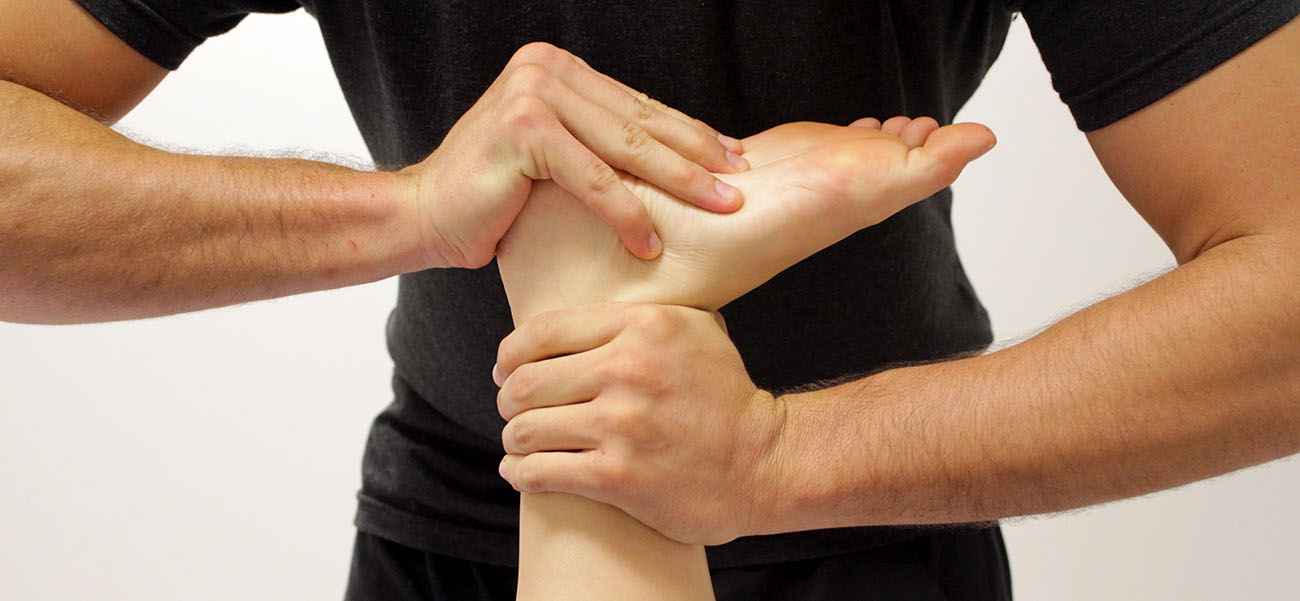“What do you do for recovery?”
Most of us would vaguely and reply, "What do you mean by recovery?", especially if we're athletes by lifestyle. This reply is something that both puzzled and frustrates most professional therapists and trainers. How does any athlete expect to run (or train) at high volume and high intensity for weeks on end without getting injured?
To be honest it would be a miracle that they are managing to get to all the starting lines throughout the year at all.
Recovery strategies are essential for all athletes, but especially runners due to its repetitive nature. In order to train day in day out while staying pain free, recovery strategies play just as critical a role in performance as smashing those crucial workouts.
"What should I do for recovery then, and when?"
Unfortunately there is no perfect one-shop answer to this question because recovery is as individual as training itself. Some common recovery methods that runners are familiar with are ice baths, massage, foam rollers and stretching. But, are these the most vital recovery strategies that runners should be doing? And will they truly help a runner remain healthy and ready for more?

What is Recovery?
Simply put, recovery is the act or process of returning the body back to normal. What happens during this recovery process is a little more complicated. Here the body repairs the energy-producing enzymes inside the muscles, functional proteins, fat and carbohydrate stores, and renews the endocrine and immune systems. If you allow the body to recover well, it bounces back and is ready for more, but if you don’t, you will fall victim to injury and/or illness.
5 Tips to Recover Well and Run Better

1. Appropriate Training Load
Every runner should have a polarized running program – recent research has shown that a runner should perform 80% of their training volume at low intensity and only 20% should be high intensity. This training method will help stop fatigue setting in and prevent injuries from happening. Basically you shouldn’t feel exhausted after your low intensity training; instead you should refreshed after 80% of your runs.
Does that sound like you? If not, then you may need to rethink your training program.
2. Include a Recovery Run
Ideally a runner should include a recovery run within their training program. Take the amazing Kenyan athletes for example, whom normally run at 3.30min/km for a tempo run pace. Well, during their recovery run they will start off at 6min/km pace and end at a 5min/km pace. This is a guide to how slow a recovery run should be.
Recovery means recovery, even if that may feel painstakingly slow, that is the point of the run – to recover, not to fatigue the body furthermore.
3. Cross Training
Most hard-core runners struggle with this point the most. Why do other forms of exercise when I should be running?
Well actually, the research suggests doing other forms of cross training can actually improve your fitness, prevent injury and rehabilitation, speed up recovery, and delay boredom within training. The trick is to target the appropriate cross training for a runner.
Some things you should consider within cross training as a runner are:
- Choose workouts that use the same muscles used during running and tax the aerobic system similar to running like cross trainers, elliptical, stationary bike or water running.
- Keep your heart rate over 70% of your max heart rate. Basically still working hard and sweating.
- Check your heart rate in the morning regularly as an elevated morning heart rate is a sign of overtraining, which can occur by doing too much cross training too soon.
- Combine cross training with your running program to maximize running fitness and actually running less. When adding cross training into your program you can actually decrease your weekly mileage by 25-30%.
4. Good Fuel and Hydration
We have a short but important recovery window of 30– 60 minutes after a race or workout where you need to start rehydrating and begin replenishing glycogen stores and repairing damaged muscle tissue.
Sports nutritionists recommend taking in 200–300 calories that contain a 3-to-1 ratio of carbohydrates to protein soon after finishing. These carbohydrates are ingested by the muscles and replenish energy stores, and the protein starts the process of repairing damaged muscle tissue.
Once you’ve gotten the few hundred calories in close to finishing your workout, you should to eat a full meal within 2–4 hours to fully replenish what you used to fuel your latest effort. Remember, the sooner you can rehydrate, refuel, and repair muscle fibers, the sooner you can train hard again.
As we know, a 2% drop in hydration can actually lead to a 30% drop in performance do the need for hydration during and after running is key, especially in this humid climate. As an athlete you should be aiming to drink between 2-3 liters of water a day. And, most of this water should be enhanced by electrolytes, according to the research by exercise physiologists. Simply enhancing water with a pinch of salt can be enough.
5. Adequate Sleep
Research suggests that 90 to 95 percent of all recovery can be achieved by proper sleep and nutrition. A runner should ideally be trying to achieve at least 6-8hours of good quality sleep a night.
Why?
Because runners need sufficient time at the third and fourth stages of the sleep cycle in order to release enough human growth hormone, which is needed to help build and repair tissues. Without this good quality sleep, the body may produce more cortisol, which is a hormone that interferes with tissue repair. Metabolism can also be affected by poor sleep, which can leave runners without sufficient glucose stores to fuel long runs. Sleep more and theoretically you won’t have to train for as long, sounds good right?
At the end of the day guys, recovery isn’t rocket science. It doesn’t have to be difficult but it has to be consistent. The consistency of performing recovery will make all the difference in your training and performance. Recover well to run better, sounds good to me! Join us in our upcoming Corporate Run and get access to training plans to bring your running journey to the next level!


.png?width=301&height=187&name=Website%20Navigation%20Images%20(3).png)

-1.jpg?width=1984&height=1196&name=UFIT%20Club%20Street%20Front%20(4)-1.jpg)





